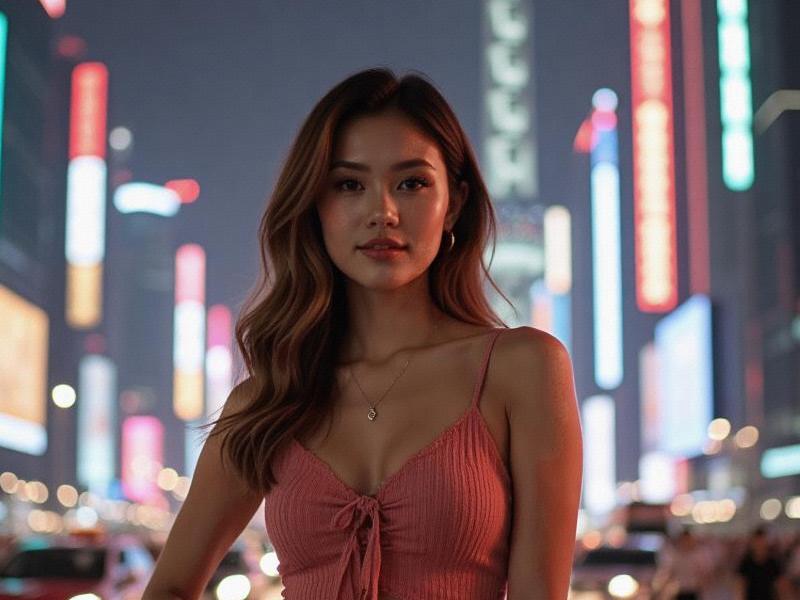This feature explores how Shanghai women have developed a distinctive urban aesthetic that blends traditional Chinese values with global influences, creating a new paradigm for modern Asian femininity.

In the glittering metropolis of Shanghai, a unique feminine ideal has emerged that captivates both domestic and international observers. The Shanghainese woman represents a fascinating synthesis of East and West, tradition and modernity, creating what fashion historians are calling "the most influential urban female archetype in contemporary Asia."
Historical Foundations
The roots of Shanghai's distinctive female aesthetic trace back to the 1920s, when the city became China's primary gateway to the West. "Shanghai women have always been trendsetters," explains cultural historian Dr. Mei Lin of Fudan University. "In the 1930s, they pioneered the body-hugging qipao silhouette that became synonymous with Chinese glamour worldwide."
This tradition of sartorial innovation continues today. Walk through the French Concession on any given morning, and you'll see young professionals blending vintage Shanghainese elements with contemporary global fashion in ways that defy conventional categorization.
上海龙凤419会所 The Education Advantage
Shanghai's women consistently rank among China's most educated, with female literacy rates at 99.3% and women constituting 52% of university enrollments. This intellectual foundation informs their approach to beauty and style.
"We don't just follow trends - we analyze them," says Sophia Wang, a McKinsey consultant and popular style blogger. "Shanghai women approach fashion with the same strategic thinking we apply to our careers."
The Business of Beauty
上海夜网论坛
Shanghai has become ground zero for China's booming beauty industry, with local women at the forefront of this entrepreneurial wave. Brands like "Shanghai Glow" and "Huangpu Beauty" combine traditional Chinese herbal knowledge with cutting-edge biotechnology, creating products that compete with international luxury labels.
"Western brands assumed Chinese consumers would blindly follow their lead," says cosmetics CEO Vivian Zhang. "We're proving that Shanghai women want products developed specifically for Asian skin types and beauty ideals."
The Digital Influence
上海花千坊龙凤 On platforms like Xiaohongshu and Douyin, Shanghai-based beauty influencers command audiences in the tens of millions. Their content ranges from tutorials on "how to wear a qipao to the office" to discussions about negotiating salaries in male-dominated industries.
Social media has allowed Shanghai women to project their aesthetic vision globally. "We're no longer just consumers of beauty trends - we're creating them," says influencer ShanghaiChic, whose fusion looks regularly go viral across Southeast Asia.
Challenges and Contradictions
This visibility comes with pressures. Shanghai women report spending nearly 40% more on beauty products than the national average. The city's infamous "leftover women" stigma still pressures successful women to prioritize marriage over careers.
Yet as Shanghai cements its position as a global city, its women continue redefining Chinese femininity - proving that in the 21st century, beauty standards can flow East to West as powerfully as they once moved in the opposite direction.